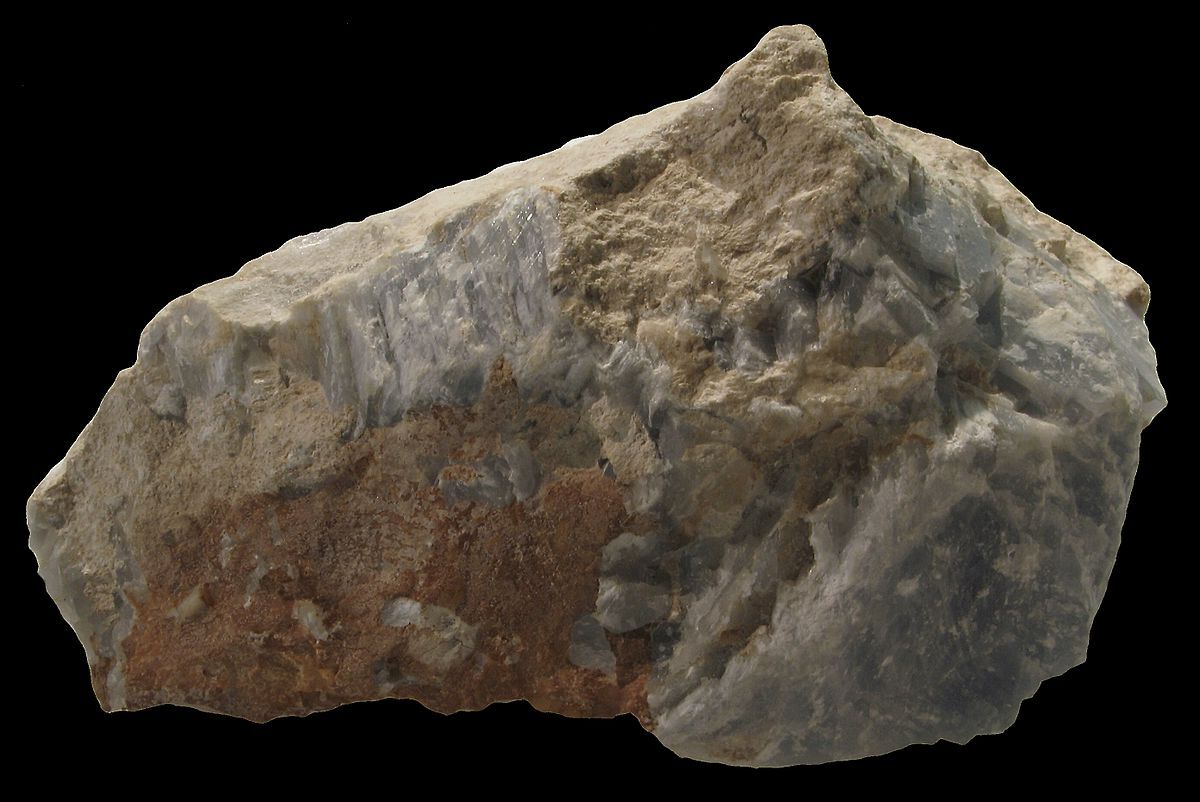
Åkermanite is a fascinating mineral that often flies under the radar. Found primarily in metamorphosed limestone and skarns, this mineral boasts a unique chemical composition and intriguing properties. But what exactly makes Åkermanite special? For starters, it belongs to the melilite group, which includes minerals with similar structures but varying chemical elements. Its crystal structure is a blend of calcium, magnesium, silicon, and oxygen, forming a complex yet captivating lattice. Why should you care about Åkermanite? This mineral not only has geological significance but also finds applications in materials science, particularly in ceramics and glass manufacturing. Whether you're a budding geologist, a science enthusiast, or just curious, learning about Åkermanite can offer a glimpse into the intricate world of minerals.
What is Åkermanite?
Åkermanite is a fascinating mineral that belongs to the melilite group. It has a unique chemical composition and interesting properties that make it a subject of study for geologists and mineral enthusiasts alike. Let's dive into some intriguing facts about this mineral.
Chemical Composition and Structure
Åkermanite's chemical structure and composition are what make it stand out among other minerals.
-
Åkermanite has the chemical formula Ca2MgSi2O7. This means it consists of calcium, magnesium, silicon, and oxygen.
-
It forms part of the melilite group. This group includes minerals that share similar structures and compositions, often found in igneous rocks.
-
Crystals of Åkermanite are typically tetragonal. This means they have a square or rectangular cross-section, which is quite distinctive.
Where Can You Find Åkermanite?
This mineral isn't just found anywhere. Its occurrence is tied to specific geological conditions.
-
Åkermanite is commonly found in metamorphosed limestone. These are rocks that have been altered by heat and pressure over time.
-
It also appears in skarns. Skarns are calcium-bearing silicate rocks that form at the contact zone between igneous intrusions and carbonate sedimentary rocks.
-
Notable locations include Italy, Japan, and the USA. These countries have reported significant deposits of Åkermanite.
Physical Properties
The physical characteristics of Åkermanite make it easy to identify for those who know what to look for.
-
Åkermanite has a hardness of 5 to 6 on the Mohs scale. This makes it relatively hard, similar to glass or a steel nail.
-
Its color ranges from colorless to pale yellow or green. The subtle hues can make it quite attractive.
-
It has a vitreous luster. This means it has a glass-like shine when light reflects off its surface.
Uses and Applications
While not as widely known as some other minerals, Åkermanite has its own set of uses.
-
Åkermanite is used in ceramics. Its properties make it suitable for high-temperature applications.
-
It plays a role in scientific research. Geologists study it to understand the conditions under which certain rocks form.
-
It can be a collector's item. Mineral enthusiasts often seek out unique and rare specimens like Åkermanite.
Interesting Tidbits
There are some lesser-known but fascinating aspects of Åkermanite that add to its allure.
-
Åkermanite is named after Anders Richard Åkerman. He was a Swedish metallurgist who made significant contributions to the field.
-
It can fluoresce under UV light. This means it can glow, usually in a bright green color, when exposed to ultraviolet light.
-
Åkermanite is sometimes found in meteorites. This adds an extraterrestrial twist to its already intriguing profile.
The Final Word on Åkermanite
Åkermanite is more than just a mineral. Its unique properties make it valuable in various fields, from geology to materials science. Found mainly in metamorphic rocks, this mineral has a fascinating crystal structure that intrigues scientists. Its role in cement production highlights its industrial importance. Plus, its presence in meteorites connects it to the broader universe, sparking curiosity about our planet's formation.
Understanding Åkermanite helps us appreciate the complexity of Earth's geology. It also shows how interconnected different scientific fields can be. Whether you're a student, a hobbyist, or a professional, knowing these facts can deepen your appreciation for the natural world.
So next time you hear about Åkermanite, you'll know it's not just a rock—it's a window into Earth's history and beyond. Keep exploring, and who knows what other fascinating facts you'll uncover!
Was this page helpful?
Our commitment to delivering trustworthy and engaging content is at the heart of what we do. Each fact on our site is contributed by real users like you, bringing a wealth of diverse insights and information. To ensure the highest standards of accuracy and reliability, our dedicated editors meticulously review each submission. This process guarantees that the facts we share are not only fascinating but also credible. Trust in our commitment to quality and authenticity as you explore and learn with us.


